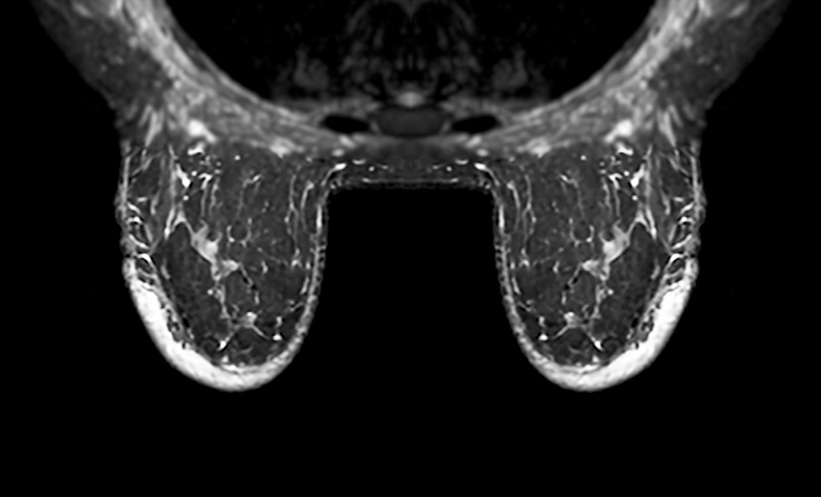Abstract
Large population-based trials showed that the human papillomavirus (HPV) DNA test can be even more effective than Pap tests in preventing cervical cancer. Nevertheless, there are still many questions on how to implement HPV testing in screening, and particularly how to manage its lower specificity. In this paper, we compare the recommendations concerning the cervical cancer screening tools proposed by the most influential agencies and scientific societies in the last 3 years. We included six documents that evaluated the use of HPV DNA tests and formulated recommendations: the U.S. Preventive Services Task Force (USPSTF) systematic review and recommendations, the multi-societal USA, Canadian Task Force on Preventive Health Care (CTFPHC), the Dutch Health Council recommendations, and the Italian Health Technology Assessment report. The USPSTF review and the Canadian document concluded that there is no sufficient evidence to recommend HPV as a primary screening test, while the others conclude that HPV tests can be used as the primary screening test in patients starting from 30 years of age. The interval after a negative HPV test is 5 years for all the documents except the Dutch (5-10 year interval). The only relevant difference between recommendations is the role of cytology: co-testing in the USA, triage in Europe. The new European and USA guidelines on cervical cancer screening represent a further step towards protocol harmonisation, even if there are still some differences. This harmonisation was achieved through an evidence-based approach to the introduction of HPV as a primary test and through a general reduction of the intensity of screening protocols.
Please view the full content in the pdf above.








